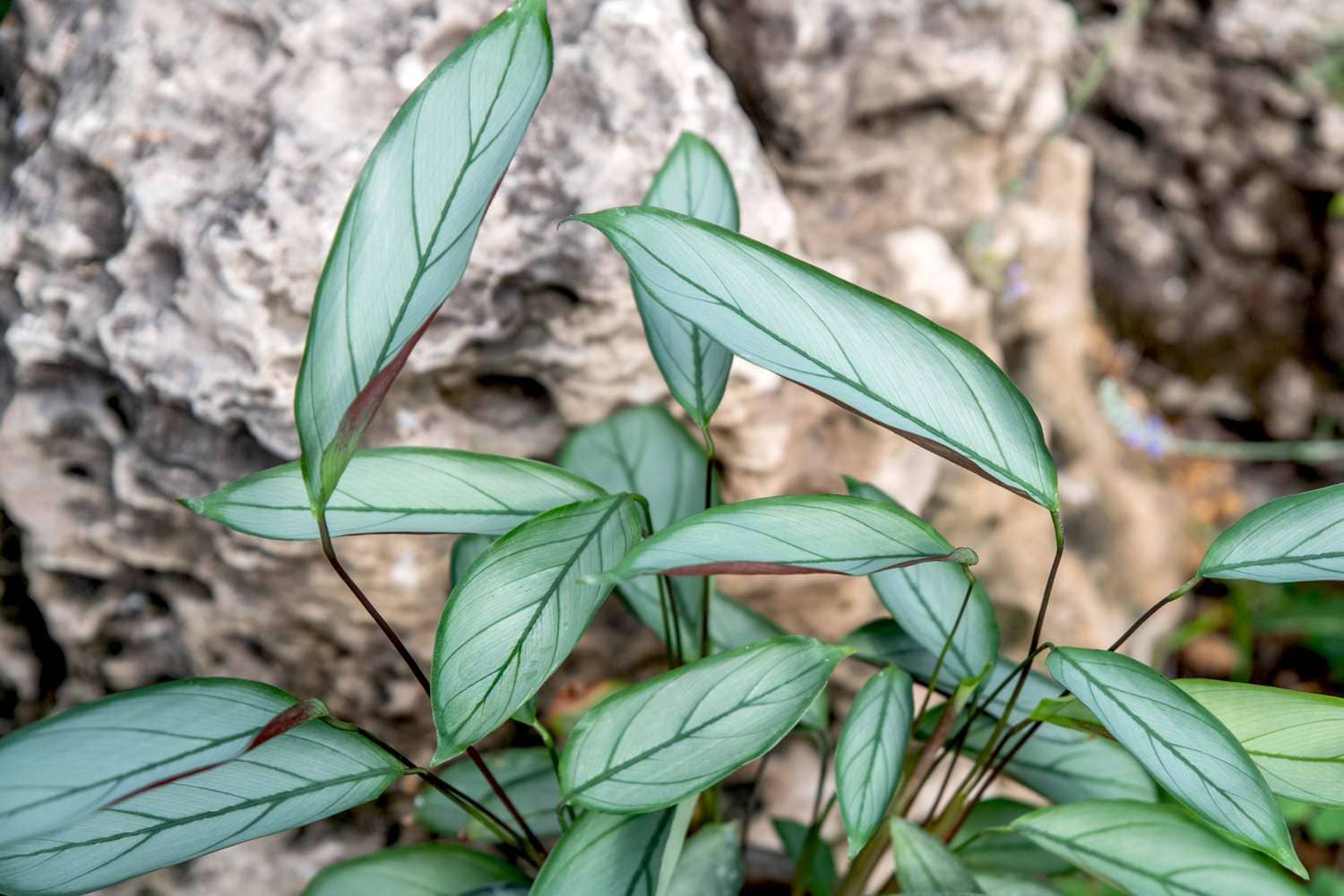Imagine stepping into a realm where nature’s beauty is meticulously crafted into a serene sanctuary – welcome to the world of Asian gardens. These enchanting spaces, rooted in ancient traditions, offer a glimpse into the profound relationship between humanity and nature. Let’s embark on a journey to explore the captivating allure and timeless elegance of Asian gardens.
History and Evolution
Early Origins
Asian gardens trace their origins back to ancient civilizations, where they served as sacred spaces for meditation and contemplation. In China and Japan, the art of garden design flourished during the Tang and Heian periods, respectively, reflecting profound philosophical and spiritual beliefs.
Influence of Buddhism and Taoism
Buddhism and Taoism played pivotal roles in shaping the philosophy behind Asian garden design. Concepts such as harmony, balance, and the interconnectedness of all living beings became fundamental principles, guiding the creation of these tranquil retreats.
Spread of Asian Garden Design
Over the centuries, Asian garden design spread across borders, influencing landscapes in neighboring countries like Korea, Thailand, and Vietnam. Each region infused its unique cultural heritage into the art form, resulting in diverse expressions of beauty and tranquility.
Key Elements of Asian Gardens
Balance and Harmony
At the heart of every Asian garden lies the principle of balance – a delicate interplay between natural elements such as water, rocks, plants, and space. Harmony is achieved through meticulous arrangement, evoking a sense of tranquility and unity with the surroundings.
Symbolism of Nature
Every feature in an Asian garden carries symbolic meaning, reflecting the profound connection between humanity and the natural world. From the flowing streams symbolizing life’s journey to the rugged rocks representing resilience, each element invites contemplation and introspection.
Water Features
Water holds a central place in Asian garden design, symbolizing purity, renewal, and the cyclical nature of existence. Ponds, streams, and cascading waterfalls create a sense of serenity, while also serving as habitats for diverse aquatic life.
Rocks and Stones
Rocks and stones are carefully placed to mimic natural landscapes, symbolizing mountains, islands, or mythical creatures. Their rugged textures and weathered surfaces add depth and character to the garden, inviting exploration and discovery.
Plant Selection
Plants are chosen not only for their aesthetic appeal but also for their symbolic significance. Evergreen trees, flowering shrubs, and delicate mosses create a tapestry of color and texture, evolving with the seasons and connecting visitors to the rhythm of nature.
Types of Asian Gardens
Japanese Gardens
Japanese gardens, known for their minimalist design and Zen philosophy, emphasize simplicity, tranquility, and the beauty of imperfection. Features such as gravel raked to resemble rippling water and carefully pruned bonsai trees evoke a sense of timeless elegance.
Chinese Gardens
Chinese gardens are characterized by their grandeur and intricate symbolism, often incorporating pavilions, bridges, and sculptural elements. These expansive landscapes are designed to evoke a sense of awe and reverence, inviting visitors to embark on a spiritual journey.
Korean Gardens
Korean gardens blend elements of Confucianism, Buddhism, and shamanism, creating harmonious spaces that reflect the country’s rich cultural heritage. Stone pagodas, lotus ponds, and lush foliage celebrate the beauty of simplicity and the sanctity of nature.
Thai Gardens
Thai gardens are renowned for their vibrant colors, lush foliage, and ornate decorations, reflecting the country’s tropical climate and Buddhist traditions. Elaborate temples, intricate carvings, and fragrant flowers create an atmosphere of opulence and serenity.
Design Principles
Enclosure and Separation
Asian gardens are often enclosed by walls, hedges, or bamboo fences, creating a sense of seclusion and privacy. By separating the garden from the outside world, visitors are encouraged to leave behind their worries and immerse themselves fully in the present moment.
Pathways and Walkways
Meandering pathways lead visitors on a journey of discovery, unveiling hidden vistas, and secluded alcoves along the way. Whether paved with stepping stones or lined with gravel, these pathways invite exploration and contemplation, encouraging visitors to slow down and savor the experience.
Focal Points
Every Asian garden features one or more focal points – whether a majestic tree, a tranquil pond, or a striking sculpture – that draws the eye and captures the imagination. These focal points serve as anchors, grounding the garden in space and time while also inviting visitors to pause and reflect.
Borrowed Scenery
The concept of borrowed scenery, known as shakkei in Japanese gardens, involves incorporating elements of the surrounding landscape into the garden design. By seamlessly blending man-made and natural features, Asian gardens create a sense of harmony and continuity with the broader environment.
Cultural Significance
Spiritual Connection
Asian gardens serve as sacred spaces for spiritual reflection and communion with nature. Whether used for meditation, prayer, or quiet contemplation, these tranquil retreats offer respite from the chaos of daily life, allowing visitors to reconnect with their inner selves and the world around them.
Meditation and Contemplation
The serene beauty and harmonious design of Asian gardens make them ideal settings for meditation and contemplation. The gentle rustle of leaves, the soothing sound of flowing water, and the fragrance of blooming flowers create a multisensory experience that calms the mind and uplifts the spirit.
Social Gatherings
In addition to their spiritual significance, Asian gardens also serve as gathering places for social interaction and community events. Whether hosting tea ceremonies, poetry readings, or traditional celebrations, these tranquil oases offer a serene backdrop for meaningful connections and shared experiences.
Modern Interpretations
Fusion Gardens
In recent years, designers have begun blending traditional Asian garden elements with contemporary aesthetics, creating fusion gardens that reflect the evolving tastes and lifestyles of modern society. These innovative spaces seamlessly integrate technology, sustainability, and multicultural influences while still honoring the timeless principles of harmony and balance.
Contemporary Adaptations
From rooftop retreats in bustling metropolises to urban parks nestled amidst skyscrapers, contemporary Asian gardens are finding new expressions in diverse environments around the world. By adapting traditional design principles to suit the needs of today’s urban dwellers, these innovative spaces continue to inspire and delight visitors of all ages.
Creating Your Own Asian Garden
Location and Space Considerations
When designing an Asian garden, consider factors such as climate, terrain, and available space. Whether you have a small courtyard or a sprawling backyard, thoughtful planning and creative design can transform any space into a tranquil oasis of beauty and serenity.
Incorporating Traditional Elements
To capture the essence of an authentic Asian garden, incorporate key elements such as water features, rocks, plants, and pathways. Pay homage to the cultural traditions and symbolic meanings associated with each element, ensuring that your garden reflects the timeless beauty and wisdom of the past.
Maintenance Tips
While Asian gardens exude a sense of natural tranquility, they require regular maintenance to preserve their beauty and functionality. From pruning and weeding to pond care and seasonal planting, proper upkeep ensures that your garden remains a peaceful retreat for years to come.
Famous Asian Gardens Around the World
Ryoan-ji Temple Garden, Japan
Located in Kyoto, the Ryoan-ji Temple Garden is renowned for its minimalist design and iconic rock arrangement. This UNESCO World Heritage Site invites visitors to contemplate the meaning of existence amidst a sea of meticulously raked gravel.
Suzhou Gardens, China
The classical gardens of Suzhou, often referred to as the “Venice of the East,” are celebrated for their exquisite beauty and poetic symbolism. These meticulously landscaped retreats feature ornate pavilions, meandering waterways, and lush greenery, embodying the timeless elegance of Chinese garden design.
Changdeokgung Palace Garden, South Korea
Nestled within the grounds of Changdeokgung Palace in Seoul, this UNESCO World Heritage Site is a masterpiece of Korean garden design. With its tranquil ponds, ancient trees, and winding pathways, the Secret Garden offers a glimpse into Korea’s rich cultural heritage and royal legacy.
The Royal Flora Ratchaphruek, Thailand
Spread across 80 hectares in Chiang Mai, the Royal Flora Ratchaphruek is a breathtaking showcase of Thailand’s botanical diversity and horticultural prowess. From vibrant orchids and exotic palms to sculptural topiaries and cascading waterfalls, this botanical wonderland captivates visitors with its sheer beauty and splendor.
Benefits of Asian Gardens
Stress Relief
Studies have shown that spending time in nature can reduce stress, lower blood pressure, and improve overall well-being. The tranquil atmosphere and harmonious design of Asian gardens provide the perfect antidote to the hustle and bustle of modern life, allowing visitors to unwind and rejuvenate amidst natural beauty.
Connection with Nature
Asian gardens offer a unique opportunity to connect with the natural world and cultivate a deeper appreciation for the environment. Whether listening to the soothing sounds of a babbling brook or marveling at the intricate patterns of a leaf. These serene retreats remind us of our interconnectedness with all living beings.
Cultural Appreciation
By exploring the rich history and cultural significance of Asian gardens, visitors gain a deeper understanding of the traditions, beliefs, and values that have shaped human civilization for centuries. From ancient philosophies to modern-day innovations, these tranquil oases serve as living expressions of humanity’s enduring quest for beauty, harmony, and spiritual fulfillment.
Challenges in Maintaining Asian Gardens
Climate Adaptation
Maintaining an Asian garden outside of its native climate can pose challenges due to differences in temperature, humidity, and precipitation. Careful selection of plant species, irrigation systems, and protective structures can help mitigate these challenges and ensure the long-term health and vitality of the garden.
Preservation of Authenticity
As Asian gardens continue to gain popularity worldwide, there is a growing concern about preserving their authenticity and cultural integrity. Balancing the need for conservation with the desire for innovation requires thoughtful stewardship and collaboration among gardeners, historians, and cultural institutions.
Conclusion
In conclusion, Asian gardens are more than just landscaped spaces – they are living works of art that embody the timeless principles of harmony, balance, and beauty. From the tranquil Zen gardens of Japan to the majestic palace gardens of China. These serene retreats invite visitors to embark on a journey of self-discovery and spiritual renewal. Whether creating your own oasis at home or exploring famous gardens around the world. The allure of Asian gardens transcends cultural boundaries and speaks to the universal longing for peace, tranquility, and connection with nature.
FAQs About Asian Gardens
1. What are the key elements of Asian garden design?
Asian garden design typically incorporates elements such as water features, rocks and stones, plants, pathways, and symbolic arrangements that evoke harmony and balance.
2. What is the significance of water in Asian gardens?
Water holds profound symbolic meaning in Asian culture, representing purity, renewal, and the cyclical nature of existence. Ponds, streams, and waterfalls are common features in Asian gardens, inviting contemplation and reflection.
3. How can I create my own Asian garden?
Creating an Asian garden requires careful planning, incorporating key elements such as water features, rocks, plants, and pathways. Consider factors such as location, space, and cultural significance when designing your garden.
4. What are some famous Asian gardens worth visiting?
Some famous Asian gardens worth visiting include the Ryoan-ji Temple Garden in Japan, the Suzhou Gardens in China. The Changdeokgung Palace Garden in South Korea, and the Royal Flora Ratchaphruek in Thailand.
5. What are the benefits of spending time in Asian gardens?
Spending time in Asian gardens can provide numerous benefits, including stress relief, connection with nature, cultural appreciation, and spiritual renewal. These tranquil oases offer a respite from the chaos of daily life. Allowing visitors to reconnect with themselves and the world around them.





